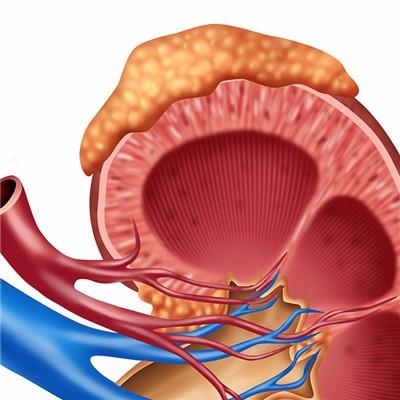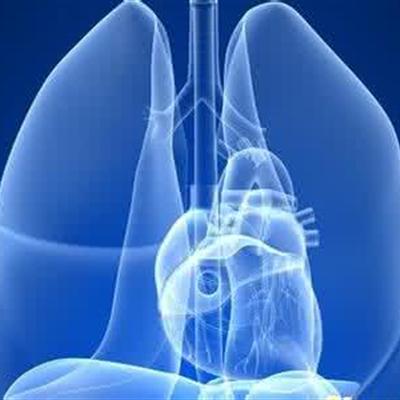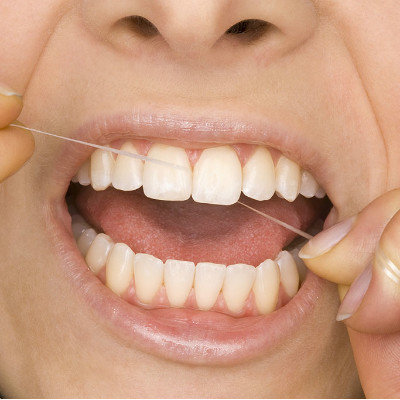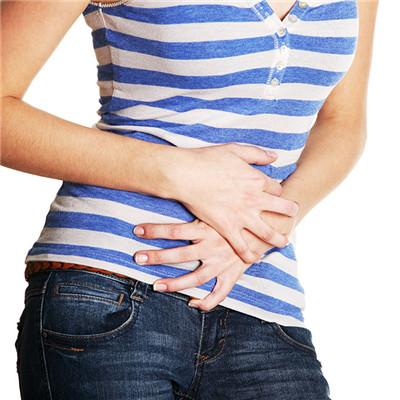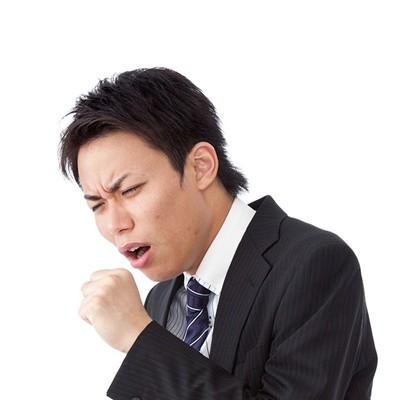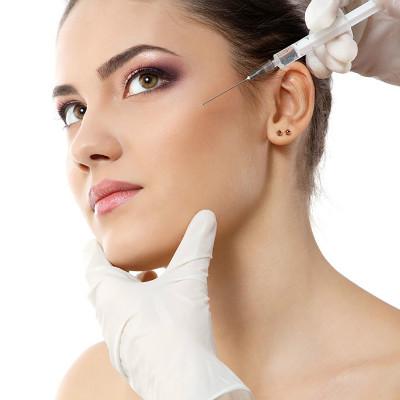Symptoms of yellow water sore
summary
There are many infectious diseases in our life, such as tuberculosis, hepatitis and so on. In addition, some skin diseases are also infectious. In addition to some common tinea skin diseases, there are also yellow water sores, which are also infectious diseases, especially in children. So what symptom does yellow water sore have? Now let's learn about the symptoms of yellow water sores.
Symptoms of yellow water sore
Bullous pemphigus: this kind of yellow water sore mainly occurs in the face, limbs and other exposed parts. At the beginning of the disease, there will be some scattered blisters on the skin. In one or two days, the blisters will grow up quickly. With the growth of the pustules, the blister fluid will become turbid from clear, and the pus will deposit at the bottom of the blister, resulting in meniscus shaped empyema. Because the wall of the pustule is thin and loose, it is easy to break, and it is easy to expose the erosive surface after breaking, and yellow pus scab will be formed after drying. Some can appear new blister around purulent scab, new blister forms annulus, so also call annulus impetigo. There were no other systemic symptoms except pruritus.

Non bullous pustules: this kind of yellow blisters often occur on the face, around the mouth, around the nostrils, auricles and other parts of children. First, erythema will appear on the affected area, and then thin-walled blisters will appear on it. Soon, the blisters will turn into pustules, and there can be obvious red halo around the pustules. After breaking, the pus will form honey yellow thick scab, and the scab will expand to four blows and fuse with each other. The affected area can appear obvious pruritus. Patients often get pus because of pruritus and scratching, thus inoculating bacteria to the skin of other parts, resulting in new skin lesions. Scab at the damaged area can fall off and heal itself in about a week, without leaving scars at the skin lesions. For severe patients, lymphadenitis, fever and other symptoms can appear.
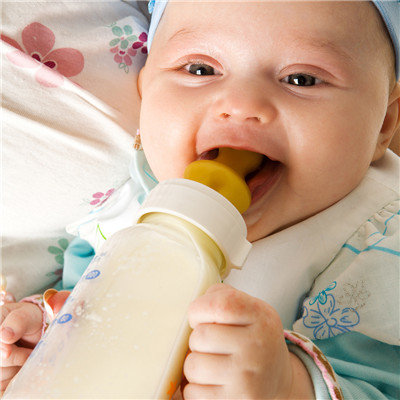
Self conscious pruritus. Occurs in the newborn, also known as neonatal impetigo. It is more common in newborns 4-10 days after birth, and is easy to be popular in the baby room. After the disease, there may be low fever or high fever, vomiting, diarrhea, mental exhaustion, etc. the disease develops rapidly, and can rapidly expand or spread in all parts of the trunk in a short time, or die of sepsis, pneumonia or meningitis.
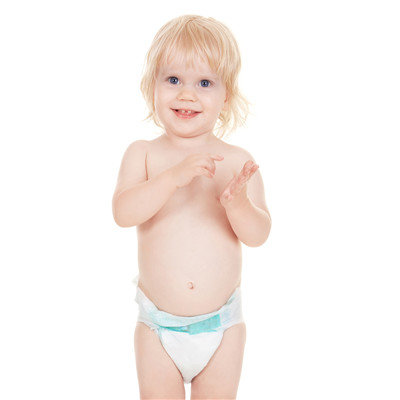
matters needing attention
It is also called infectious pustulosis. It is a very common infectious disease, especially in children. It can be infected by contacting the superficial skin of the affected area. Blisters and pustules can appear after the onset of the disease. Because it is infectious, when children suffer from the disease, the head of family must pay attention to discover the disease and prevent it in time through its symptoms, In case of infecting family members.
